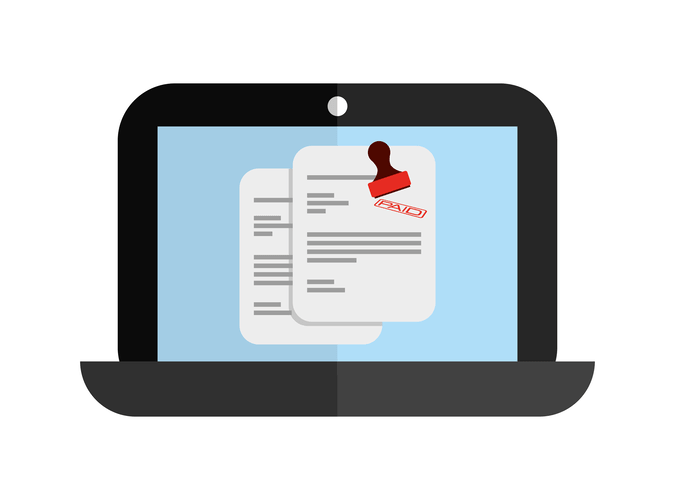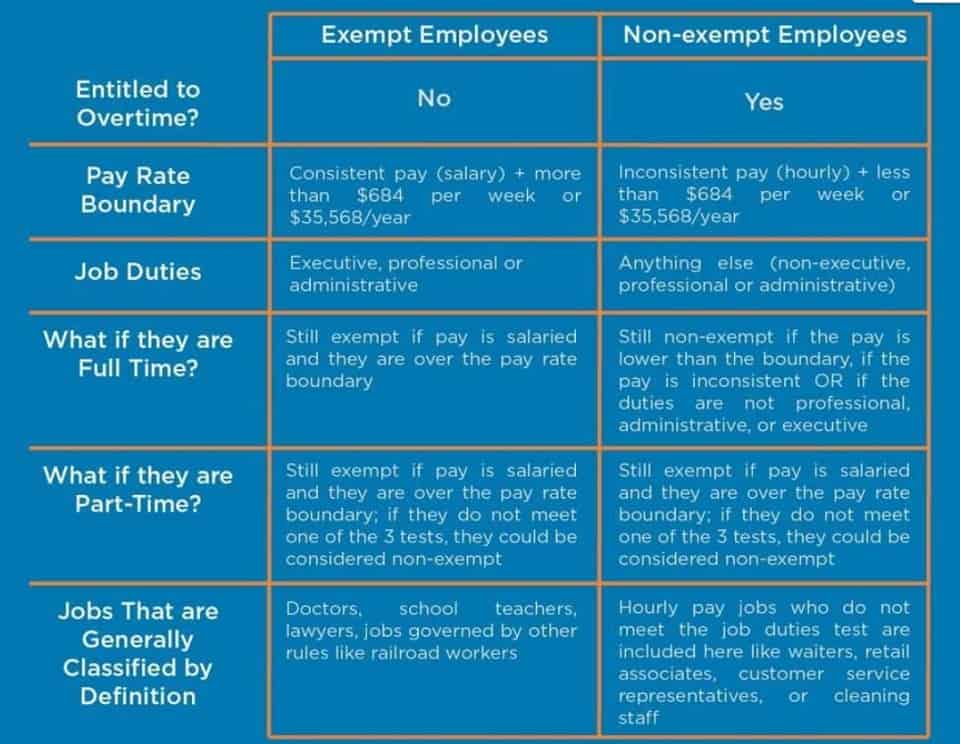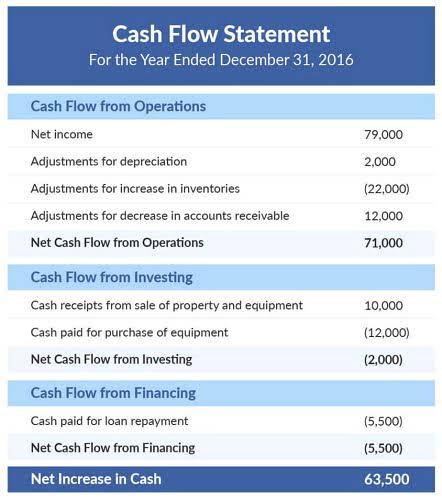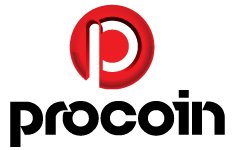
The resulting rate is then used to apply overhead costs to each unit of production or sale. To gain a better understanding of this concept, it is important to understand the differences between operating expenses and overhead expenses. In general, management teams will divide expenses between these two categories because they provide broader insight into an accurate product cost and the manufacturing of a product. As more and more products are produced, the greater the effect on profitability.

AccountingTools
Costs must thus be estimated based on an overhead rate for each cost driver or activity. It is important to include indirect costs that are based on this overhead rate in order to price a product or service appropriately. If a company prices its products so low that revenues do not cover its overhead costs, petty cash the business will be unprofitable. A predetermined overhead rate is an estimated amount of overhead costs that will be incurred during a set period of time. For example, the total direct labor hours estimated for the solo product is 350,000 direct labor hours.

Improved Cost Management
- It enables businesses to identify inefficiencies in their production processes.
- We can calculate predetermined overhead for material using units to be allocated.
- Understanding your company’s finances is an essential part of running a successful business.
- The activity base is typically measured in direct labor hours, direct labor costs, or machine hours, depending on the nature of the business.
- Manufacturing operating expenses typically are comprised of machines, direct materials cost, direct labor hours and actual machine hours needed to manufacture a product.
Another way to view it is overhead costs are those production costs that are not categorized as direct materials or direct labor. Direct labor hours measure the amount of time workers spend performing tasks directly related to producing goods or services. However, it may not accurately reflect overhead costs if direct labor hours are not a significant factor in the production process. This allows businesses to capture the full cost of production in their accounting. In fact, as your business grows more complex, using departmental overhead rates often gives you more accurate product costing. If you pick an allocation base that doesn’t actually correlate with how overhead costs are incurred, your product costs will be Catch Up Bookkeeping distorted.
Overhead Rate Calculation: Accounting Explained
It’s essential to fully understand the allocation base and allocation rate or variance for the predetermined overhead rate. The overhead rate is the total of indirect costs (known as overhead) for a specific reporting period, divided by an allocation measure. The overhead rate is then used to allocate overhead costs to cost objects, which are usually products or projects. A company uses the overhead rate to allocate its indirect costs of production to products or projects for one of two reasons. First, it can price them appropriately to cover all of its costs and thereby generate a long-term profit.

Applications of Predetermined Overhead Rates
- That’s the entire idea—by estimating the amount of overhead that will be incurred, you can better plan for and control these costs.
- Predetermined overhead rates are important because they provide a way to allocate overhead costs to products or services.
- When companies begin the planning process of manufacturing a product, cost projections are a large and important focus.
- The business has to incur different types of expenses for the manufacturing of the products.
- For example, a production facility that is fairly labor intensive would likely determine that the more labor hours worked, the higher the overhead will be.
With the low cost structure that goes with a low overhead rate, a business can consistently underprice its competitors, which usually results in increased market share. This is a key element of the low-cost competitor strategy used by the dominant companies in many industries. These organizations constantly monitor their overhead costs and take whatever predetermined overhead rate steps are needed to ensure that their costs are lower than those of the competition. The business owner can then add the predetermined overhead costs to the cost of goods sold to arrive at a final price for the candles. Here’s how a service-based business, namely a marketing agency, might go about calculating its predetermined overhead rate. Once you have a handle on your estimated overhead costs, you can plug these numbers into the formula.

